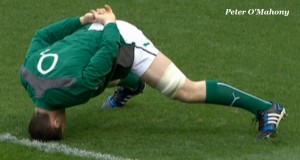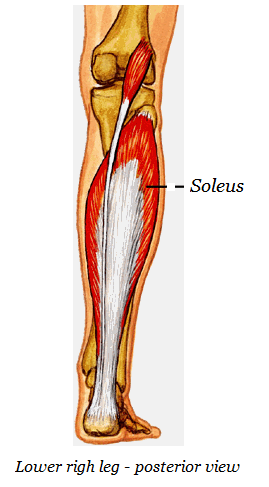 A player hobbled in to the clinic just after Christmas with discomfort in his calf area. He had been suffering ‘niggles’ for many seasons but, untreated, it had progressed to chronic pain. So much so, that he could no longer support his own weight. A minute or so later, after a certain amount of pain, understood and empathised only by somebody who has experienced neuromuscular techniques on tight muscles, the muscle was released.
A player hobbled in to the clinic just after Christmas with discomfort in his calf area. He had been suffering ‘niggles’ for many seasons but, untreated, it had progressed to chronic pain. So much so, that he could no longer support his own weight. A minute or so later, after a certain amount of pain, understood and empathised only by somebody who has experienced neuromuscular techniques on tight muscles, the muscle was released.
Disregarding the pain [easy for me to say] the player had not been aware that tension in the soleus (the calf muscle in question) created a weakness in the hip extensors which had inhibited his running. Once treated, the player was so surprised to find that he was running faster, with greater power, than he could ever remember doing as his hip now activated when and how it should through the stretch reflex pathway.
Now, I will be honest, I get a huge buzz when guys give this kind of great feedback but by and large, these injuries are all so unnecessary.
When we train or play, our muscles work really hard contracting and stretching to allow us to move. By the end of the activity, the muscles have shortened and need to be stretched.
More importantly, they need to be stretched when the muscles are still warm…before we leave the arena – whether it be pitch, field, court or weight room.
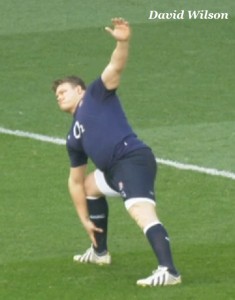 If we do not stretch our muscles at this time, they cool down shortened, which means we start our next activity with shortened muscles. Stretching whilst the muscles are still warm means that they cool down lengthened and stay lengthened until our next training session or match.
If we do not stretch our muscles at this time, they cool down shortened, which means we start our next activity with shortened muscles. Stretching whilst the muscles are still warm means that they cool down lengthened and stay lengthened until our next training session or match.
However, this was not the full story with my player; he was very disciplined with his stretching; dynamic prior to matches and static/developmental after. He had done everything right, everything his technical and S&C coach had told him to do, so why was he suffering?
Prior to treatment, I put this player through tests and it was evident from plantar and dorsiflexion, that his calf muscles were quite lengthened. I asked him to demonstrate his stretching routine and his form could put many a Pilates instructor to shame.
The problem was that although his muscles were tight, they were not shortened.
Basically, if you cannot FEEL THE STRETCH, you can be sure you are not GETTING THE STRETCH.
In this case, we played around with different movements and positions until he could feel the muscle.
Know your muscles and what they are there for, play around with your stretches and make sure you are feeling the stretch in the right muscle.
Although, perhaps you should leave Peter O’Mahony’s routine alone, unless and until you are sure you know what you are doing!
Liz Ward








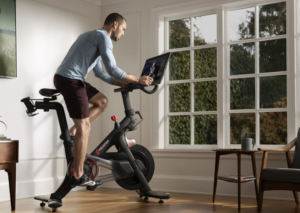 When most people hear the word “Peloton” they think of an expensive black bike with shiny red buttons and that controversial commercial where the husband gifted his wife a Peloton for Christmas.
When most people hear the word “Peloton” they think of an expensive black bike with shiny red buttons and that controversial commercial where the husband gifted his wife a Peloton for Christmas.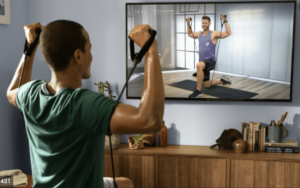 If the app interests you, Peloton is currently offering a 30 day FREE TRIAL, so why not give it a try? Check it out
If the app interests you, Peloton is currently offering a 30 day FREE TRIAL, so why not give it a try? Check it out 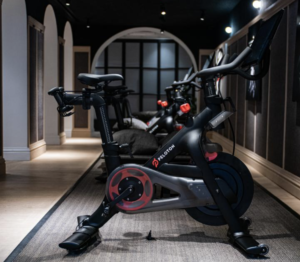
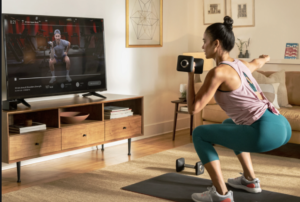
 This article would not be complete, however, if we did not acknowledge some of the delivery issues that have been plaguing Peloton over the last year. Most of the delivery issues seem to affect U.S. deliveries, however, the UK deliveries have been affected as well.
This article would not be complete, however, if we did not acknowledge some of the delivery issues that have been plaguing Peloton over the last year. Most of the delivery issues seem to affect U.S. deliveries, however, the UK deliveries have been affected as well.





